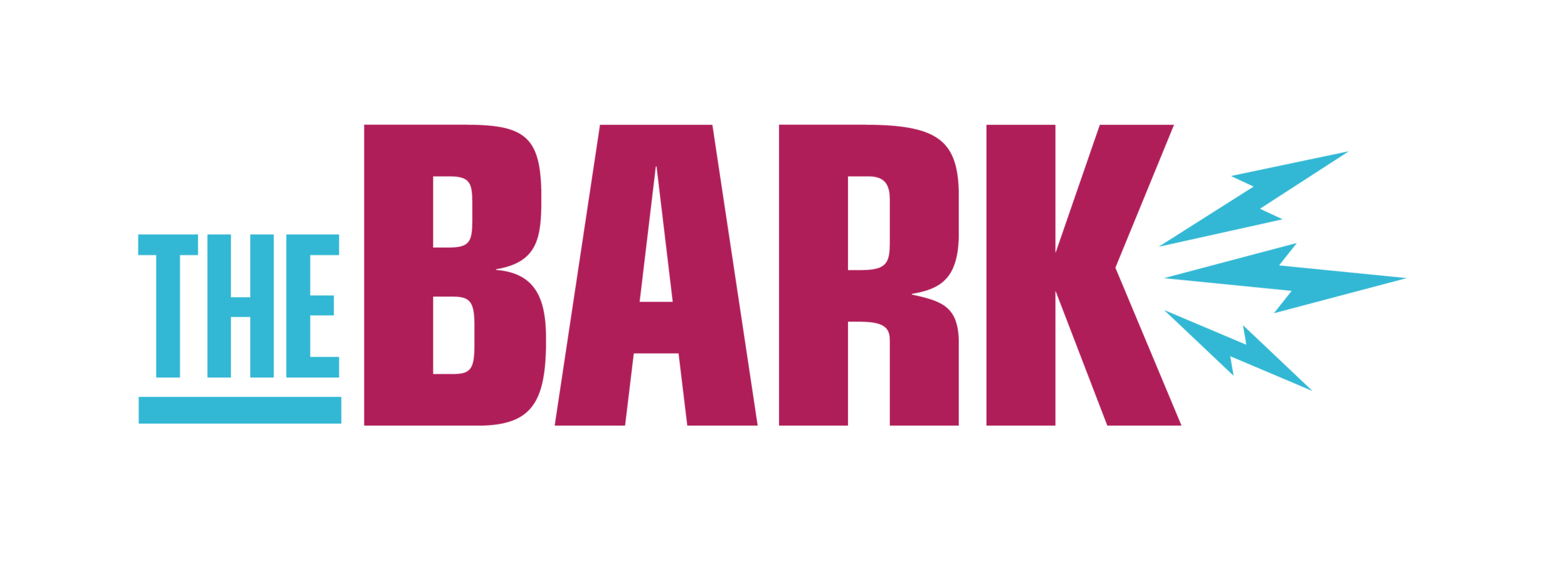Intercultural communications: A course to change lives
Illustration by William Madison
Ryan Goei’s intercultural communications course isn’t your average course. This class is open to honors students and minorities. Even after the class is full, they open it up to students of color. I received an email about this class over the summer from Ryan Goei himself, giving me information about the class and I knew then that it was a class that I was interested in.
The class spans over five weeks. In those five weeks, each student is expected to go on six dates with another student from a different culture. The dates have to be off campus and last at least two hours. This seemed like a challenge when hearing about it but when talking to the other students, time went by very quickly. In class, stereotypes about each race in the room were discussed and challenged. Everything was laid out on the table.
Corresponding with Ryan through email, he said, “Students regularly say that this class changes their perspective on culture and racism. White American students tend to see race issues at UMD as larger than they had thought before. Students of color tend to have the opposite. They tend to come out of the class feeling UMD is more welcoming and warm than they had thought. Both are good outcomes.”
Alyssa Muñoz was a student in the class. For her, the class has had a significant impact on her life.
“Being an anthropologist in the making, when I got the opportunity to take this class, I was beyond thrilled. I was beyond ready to learn as much as I could from these people but I wasn’t ready to learn as much as I did about myself.”
“It really challenged me to question my thoughts when I think about people and society. It makes me take a step back to access my actions. It also pushed me out of my comfort zone when discussing how I choose to identify. I always felt very torn when it came to checking the that little box on what race or ethnicity I was but now I feel more comfortable not checking a box and I feel more comfortable exploring that aspect of my life and choosing whether or not I want to identify as anything at all.”
As Muñoz learned about not defining herself on a small box on a piece of paper, I learned not to define myself by the stereotypes of black women. I remember before this class when I would get angry I would laugh it off in fear of showing how I really felt, the fear of becoming the angry black woman. I felt the emotion of anger was an emotion that a black woman could not have. Constantly laughing when I was hurt by something was exhausting for me.
However, in Ryan’s class, we went through the black stereotypes and one of them was that black women have a lot of attitudes and for the first time I didn’t see that as a bad thing. We talked about the stereotypes in a way that no one was being attacked, we were just discussing. I believe that was an important topic to learn. These stereotypes have truth to them but that doesn’t mean they are true.
Students aren’t the only people who learn things in this class. Ryan admits to learning some things too.
He expressed, “Teaching this class has been one of the most meaningful things that I’ve done in my work. Every semester I’m challenged and learn new things about culture, new things about communication. It has taught me that culture is always evolving. What it meant to be Hmong in 2003 is not the same as what it means today.”
Ryan points out that things are changing, cultures are changing. With that people need to adjust and continue learning, I believe this course helps with that.



